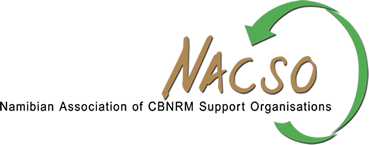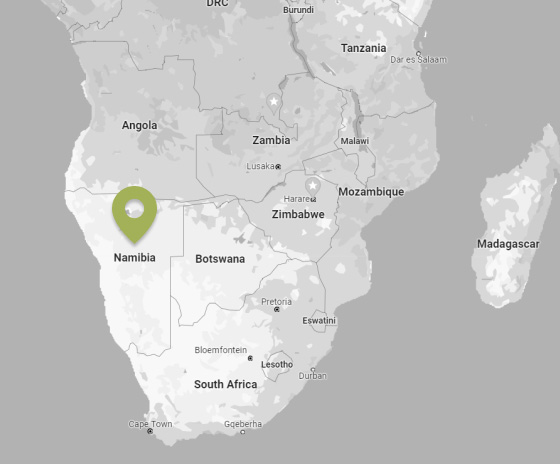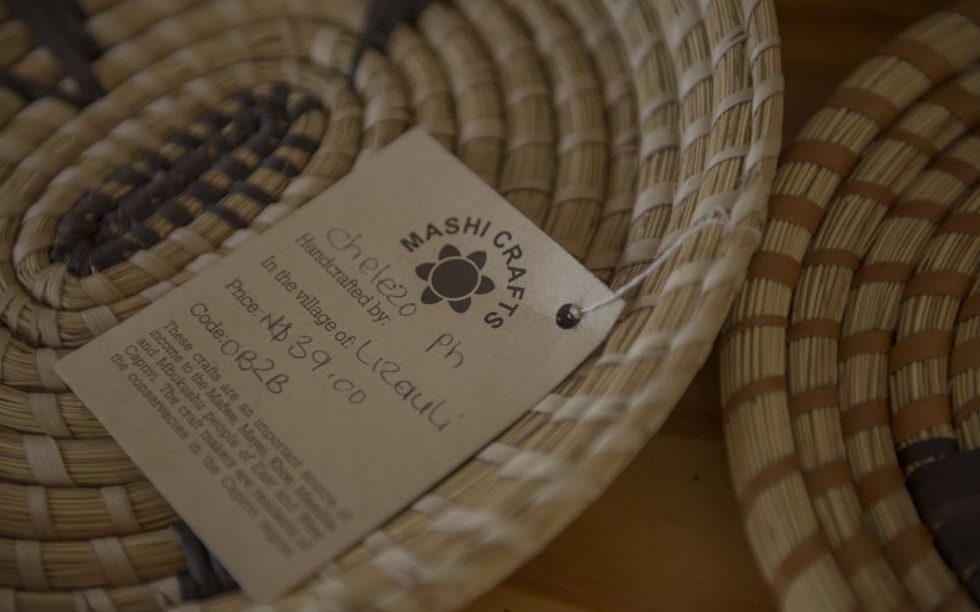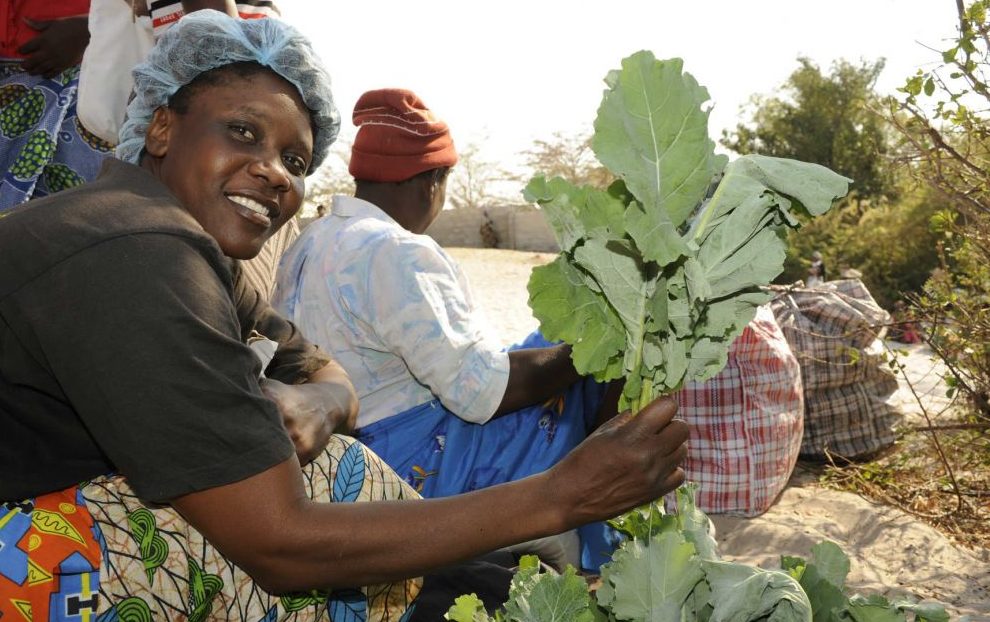NAMIBIAN ASSOCIATION OF CBNRM SUPPORT ORGANIZATIONS

The Namibian Association of Community Based Natural Resource Management (CBNRM) Support Organisations (NACSO) is an association comprising 10 Non-Government Organisations (NGOs) and the University of Namibia as of December 2021
The purpose of NACSO is to provide quality services to rural communities seeking to manage and utilise their natural resources in a sustainable manner.
BACKGROUND
Namibia’s conservancy programme was launched officially in 1998. By 2005 Community-Based Natural Resource Management (CBNRM) was firmly established in Namibia’s national development plans. The uptake of the conservancy model by rural residents all over the country and the growth in CBNRM earnings, have been extraordinarily rapid. The country’s CBNRM policies have been lauded as the most progressive of their kind in southern Africa.
The philosophy of forming NACSO was to harness the wide range of skills available in Government, NGOs and the University of Namibia into a complementary nationwide CBNRM support service.
The rationale behind this is that it is unlikely that any single institution houses all of the skills, resources and capacity to provide community organisations with the multi-disciplinary assistance that is required to develop the broad range of CBNRM initiatives taking place in Namibia.
These skills include advice on governance and institutional issues, on natural resources management and assistance with financial and business planning.

Namibia’s communal conservancies and community forests are self-governing entities legally recognised by the Ministry of
Environment, Forestry and Tourism (MEFT).
Conservancies receive training and support from NACSO, which also partners with the Directorate of Forestry that supports community forests. Each conservancy and forest has a constitution and elects a management committee. Conservancies and community forests work to conserve and protect the environment, and to earn revenue from the sustainable use of natural resources.
There is also a community association within a national park, which is managed like a conservancy. Five regional conservancy associations in Erongo, Kavango, Kunene, the north-central area and Zambezi act as representative umbrella organisations for conservancies in their areas.
Read the Community Conservation Report 2019

How do communal conservancies generate income?
The two main income streams for communal conservancies are photographic and hunting tourism. Sales of indigenous plant products and handicrafts also provide some income for harvesters and crafts producers working in conservancies. Conservancies will ordinarily sign joint-venture agreements with private lodge and/or hunting operators after negotiations regarding revenue sharing, employment creation and other details. A few conservancies own lodges and contract the management out to private companies.
Human wellbeing is inseparable from the plants, animals and ecosystems of the natural world.The concept of CBNRM recognises the connection between people and the natural world and empowers those most closely connected to nature to make decisions on how to use it for their current benefit and for future generations.
In Namibia, CBNRM principles provide the basis for developing a wildlife economy in rural areas, and they have also been applied to fish and plant resources. Grassroots governance structures called conservancies, community fish reserves and community forests create and implement rules for resource use and develop processes for the equitable distribution of benefits arising from such use.

